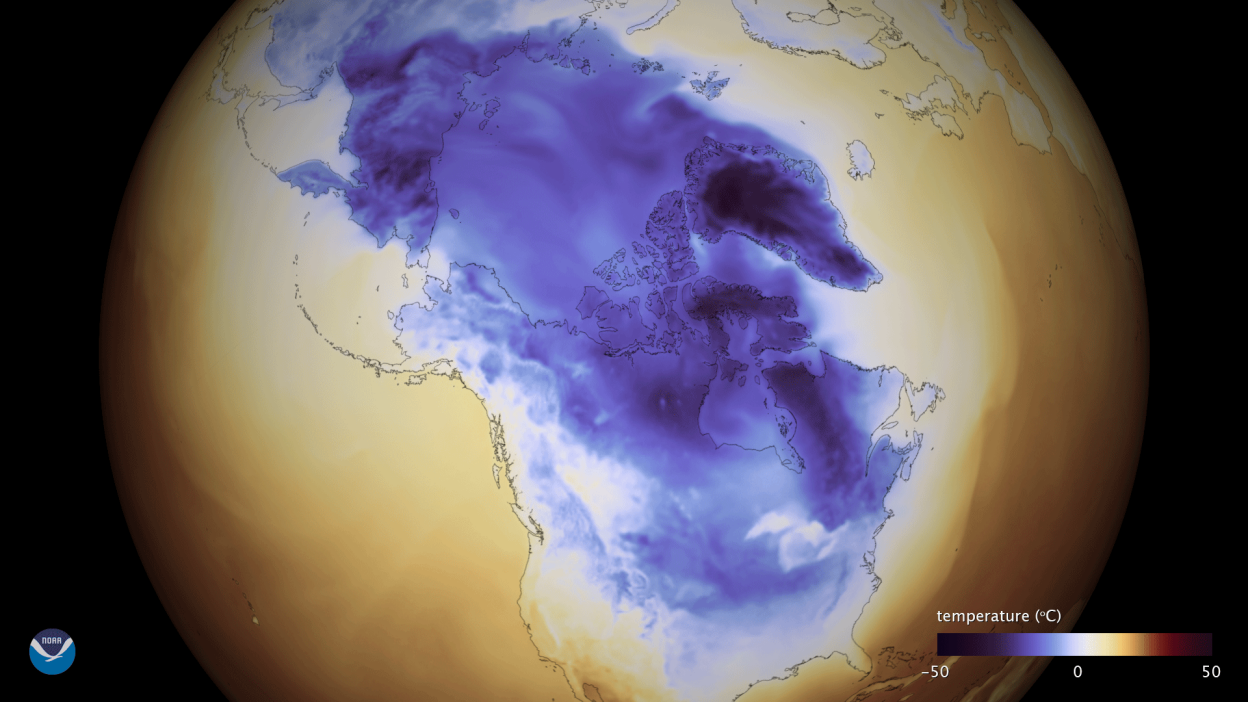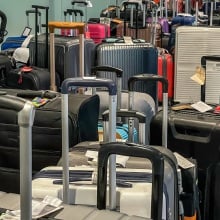As a polar vortex threatens dangerously cold weather across large parts of the United States this week, the potential for "bomb cyclones" has increased significantly.
We were the first to call it a "weather bomb" or "bomb cyclone," and now that that term has taken off in the broader media, it's important to understand just what it means.
Though the term may be new to you, "bomb cyclone" isn't a new weapon developed by some mad scientist, or a desperate attempt by weather nerds to get clicks. Instead, it's a type of storm that is relatively rare, but which you've probably experienced before.
It refers to a meteorological phenomenon known as bombogenesis, in which a storm's minimum central pressure drops by at least 24 millibars in 24 hours. Such storms are most commonly seen in the fall and winter along the East Coast, and most major snowstorms that hit the Mid-Atlantic and Northeast meet this definition.
These storms are awesome to behold, transforming from small splotches of cloud cover to fully formed, comma-shaped behemoths in as little as 24 hours.
"Bomb cyclone" may seem like an obscure expression invented by meteorologists for attention, or to describe some sinister atmosphere terrorism plot, but it's actually rooted in the science of meteorology.
With weather communication, as well as science communication in general, it can often be difficult to engage a wide audience and make them aware of imminent risks. Pulling terminology from the scientific lexicon is a valid way to do that, provided that the terms match the phenomena being predicted.































